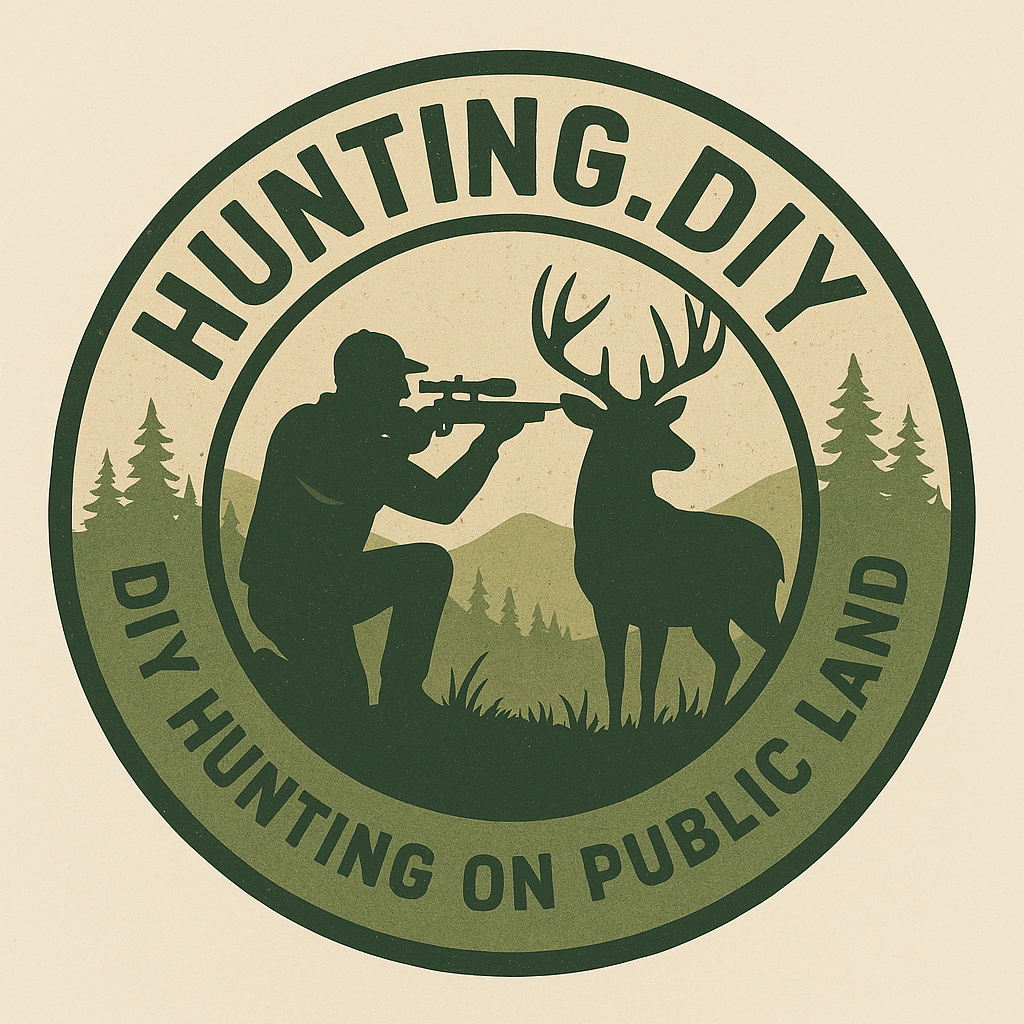DIY Hunting Gear and Equipment
A reliable rifle lets you reach out to your target with confidence. When hunting deer or pronghorn across open country, a rifle chambered in .243 Winchester or 6.5 Creedmoor delivers the flat trajectory you need at long ranges. The scope on your rifle magnifies distant shapes into clear images and helps you place your shot where it counts. Keeping your rifle clean and your scope properly mounted means you spend less time wrestling with gear and more time on the hunt.
For turkeys and upland birds, a 12-gauge shotgun is the tool of choice. A shotgun with a modified or full choke focuses shot patterns tighter, filling the air with pellets that can bring down a gobbler in flight or a flushing grouse. Shotguns require different loads for different game, so carrying a mix of lighter and heavier shot sizes lets you adjust quickly when birds burst from cover. Learning to mount your shotgun smoothly and practicing swing-through shots will turn sudden wing-flashes into clean harvests.
Archery gear also earns its place in your pack. A bow tuned to 60–70 pounds of draw weight and equipped with field points or broadheads offers silent stalking power. When you slip through thick woods or creep along creek beds hunting turkeys, the quiet release of an arrow keeps your presence hidden. Broadheads designed for quick penetration ensure you hit vital organs and bring game down quickly, minimizing suffering and meat loss.
Your pack serves as the command center for every hunt. A pack with padded straps and a supportive hip belt carries all your gear without digging into your shoulders. Inside, you can organize essentials like extra ammunition, snacks, water, and a first-aid kit. Customizing your pack with small pouches for calls, binoculars, and knives makes it easy to grab what you need without dumping everything out. A well-organized pack lets you move faster and stay focused on finding game instead of digging through gear.
Good boots are your foundation in the field. Waterproof hiking boots with stiff soles and deep lugs give you traction on slick rocks and muddy trails. When you’re hiking through brush chasing squirrels or climbing rocky slopes for mountain goats, boots that fit well prevent blisters and ankle injuries. Break them in on practice hikes so that every step in the woods feels natural, leaving you free to focus on the hunt instead of sore feet.
Optics sharpen your eyes and keep your distance. Binoculars in a 10×42 configuration strike a balance between magnification and light gathering, letting you glass ridges for goats or scan hardwood clearings for gobblers. A compact spotting scope mounted on a tripod offers even higher power to pick out antler points from a mile away. Carrying optics in padded cases protects lenses and keeps your view crisp every morning at first light.
Clothing layers help you match the changing weather of the hunt. Start with a lightweight, moisture-wicking base layer to pull sweat away from your skin on warm mornings. Add an insulating mid-layer that traps heat when temperatures drop, and finish with a windproof, water-resistant outer shell for rain or wind. Layering keeps you comfortable from dawn until dusk, letting you focus on tracking squirrels or glassing herds instead of shivering or overheating.
A sharp hunting knife and a small folding saw make field dressing simple. Your knife should have a strong, full-tang blade that slices through hide and meets bone without bending. A folding saw helps cut through ribs or branches when you build a makeshift field dressing station. Keeping these tools sharpened and stored in sheaths on your belt gives you instant access when it’s time to process game.
Survival essentials ensure you can get back home safely. Carry a headlamp with fresh batteries so you can navigate trails at dawn before shooting light or pack out meat after dusk. A lighter or fire starter helps you build emergency shelter if a storm hits. A compass and a printed map of your hunting unit guide you when GPS signal fades in steep canyons. These items might never leave your pack, but when you need them, they become your lifeline.
Each piece of gear has its job. When you choose gear that fits your style of hunting and takes good care of it in the off-season, you build a kit you can trust. That trust lets you focus on the thrill of the chase, whether you’re stalking turkeys through oak flats, calling in squirrels on a brushy ridge, or glassing for mountain goats high above treeline.
